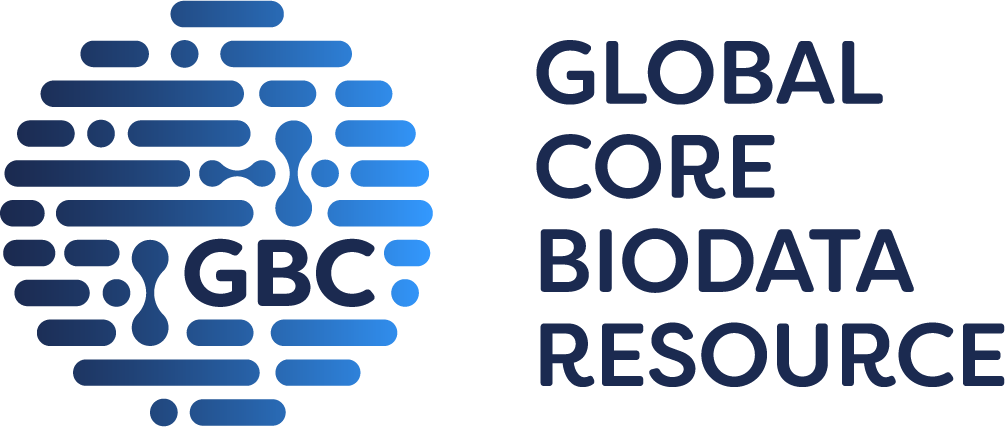Any feedback?
Literature summary extracted from
- A molecular dynamics study of C1r and C1s dimers: implications for the structure of the C1 complex (2012), Proteins, 80, 1987-1997.
Crystallization (Commentary)
| EC Number | Crystallization (Comment) | Organism |
|---|---|---|
| 3.4.21.41 | crystal structure analysis, PDB IDs 1APQ | Homo sapiens |
| 3.4.21.42 | crystal structure analysis, PDB IDs 1NZI | Homo sapiens |
Organism
| EC Number | Organism | UniProt | Comment | Textmining |
|---|---|---|---|---|
| 3.4.21.41 | Homo sapiens | P00736 | - |
- |
| 3.4.21.42 | Homo sapiens | P09871 | - |
- |
Subunits
| EC Number | Subunits | Comment | Organism |
|---|---|---|---|
| 3.4.21.41 | More | each C1r monomer consists of six domains, CUB1-EGF-CUB2-CCP1-CCP2-SP, i.e. an N-terminal CUB module, an EGF-like module, a second CUB module, two complement control modules CCP, and a serine protease domain SP. The three domains that constitute the catalytic fragment of C1r (CCP1-CCP2-SP) readily form head-to-tail dimers. The CUB1-EGF-CUB2 fragments of C1r also dimerize | Homo sapiens |
| 3.4.21.42 | More | each C1s monomer consists of six domains, CUB1-EGF-CUB2-CCP1-CCP2-SP, i.e. an N-terminal CUB module, an EGF-like module, a second CUB module, two complement control modules CCP, and a serine protease domain SP. The CUB1-EGF-CUB2 fragments of C1s dimerize | Homo sapiens |
Synonyms
| EC Number | Synonyms | Comment | Organism |
|---|---|---|---|
| 3.4.21.41 | C1r | - |
Homo sapiens |
| 3.4.21.41 | C1r protease | - |
Homo sapiens |
| 3.4.21.42 | C1s | - |
Homo sapiens |
| 3.4.21.42 | C1s protease | - |
Homo sapiens |
General Information
| EC Number | General Information | Comment | Organism |
|---|---|---|---|
| 3.4.21.41 | metabolism | complement is an important part of the immune system. It is initiated through three different pathways known as the classical, lectin, and alternative pathway. The multimolecular C1 complex of the classical pathway consists of a subcomponent, C1q, which binds to a tetramer comprising two C1r and two C1s proteases, EC 3.4.21.41 and EC 3.4.21.42, respectively | Homo sapiens |
| 3.4.21.41 | additional information | the C1s/C1r/C1r/C1s tetramer forms a complex with C1q by interacting with the stems. C1r is a homologous multidomain protease containing an N-terminal CUB module, an EGF-like module, a second CUB module, two complement control modules CCP, and a serine protease domain SP. The three domains that constitute the catalytic fragment of C1r (CCP1-CCP2-SP) readily form head-to-tail dimers. The CUB1-EGF-CUB2 fragments of C1r also dimerize. Interaction analysis and structure-function relationship, formation of the C1 complex, molecular dynamics simulations and thermodynamics, detailed overview | Homo sapiens |
| 3.4.21.41 | physiological function | C1r is a zymogen, activation of C1 occurs when the C1q subcomponent binds to a pathogen via its globular heads resulting in autolytic activation of C1r followed, in turn, by C1r-mediated activation of C1s | Homo sapiens |
| 3.4.21.42 | metabolism | complement is an important part of the immune system. It is initiated through three different pathways known as the classical, lectin, and alternative pathway. The multimolecular C1 complex of the classical pathway consists of a subcomponent, C1q, which binds to a tetramer comprising two C1r and two C1s proteases, EC 3.4.21.41 and EC 3.4.21.42, respectively | Homo sapiens |
| 3.4.21.42 | additional information | the C1s/C1r/C1r/C1s tetramer forms a complex with C1q by interacting with the stems. C1s is a homologous multidomain protease containing an N-terminal CUB module, an EGF-like module, a second CUB module, two complement control modules, and a serine protease domain. The CUB1-EGF-CUB2 fragments of C1s dimerize. Interaction analysis and structure-function relationship, formation of the C1 complex, molecular dynamics simulations and thermodynamics, detailed overview. Human C1s CUB1-EGF forms a head-to-tail homodimer in the absence of C1r | Homo sapiens |
| 3.4.21.42 | physiological function | C1s is a zymogen, activation of C1 occurs when the C1q subcomponent binds to a pathogen via its globular heads resulting in autolytic activation of C1r followed, in turn, by C1r-mediated activation of C1s. Once activated C1s specifically cleaves its substrates C4 and C4b bound C2, to initiate the downstream complement cascade, a series of proteolytic reactions resulting in diverse biological activities aimed at providing a first line of defense against infection | Homo sapiens |





